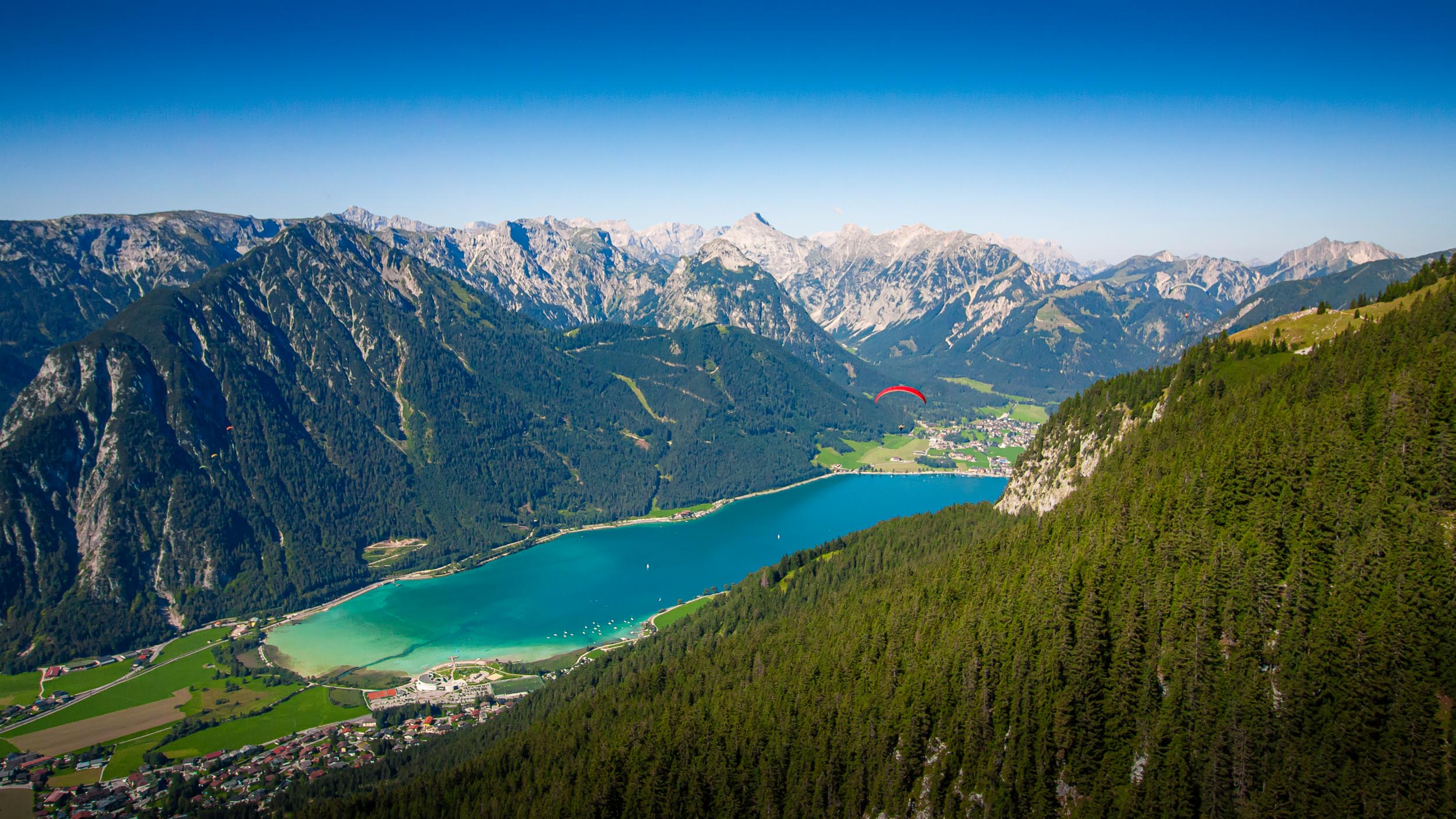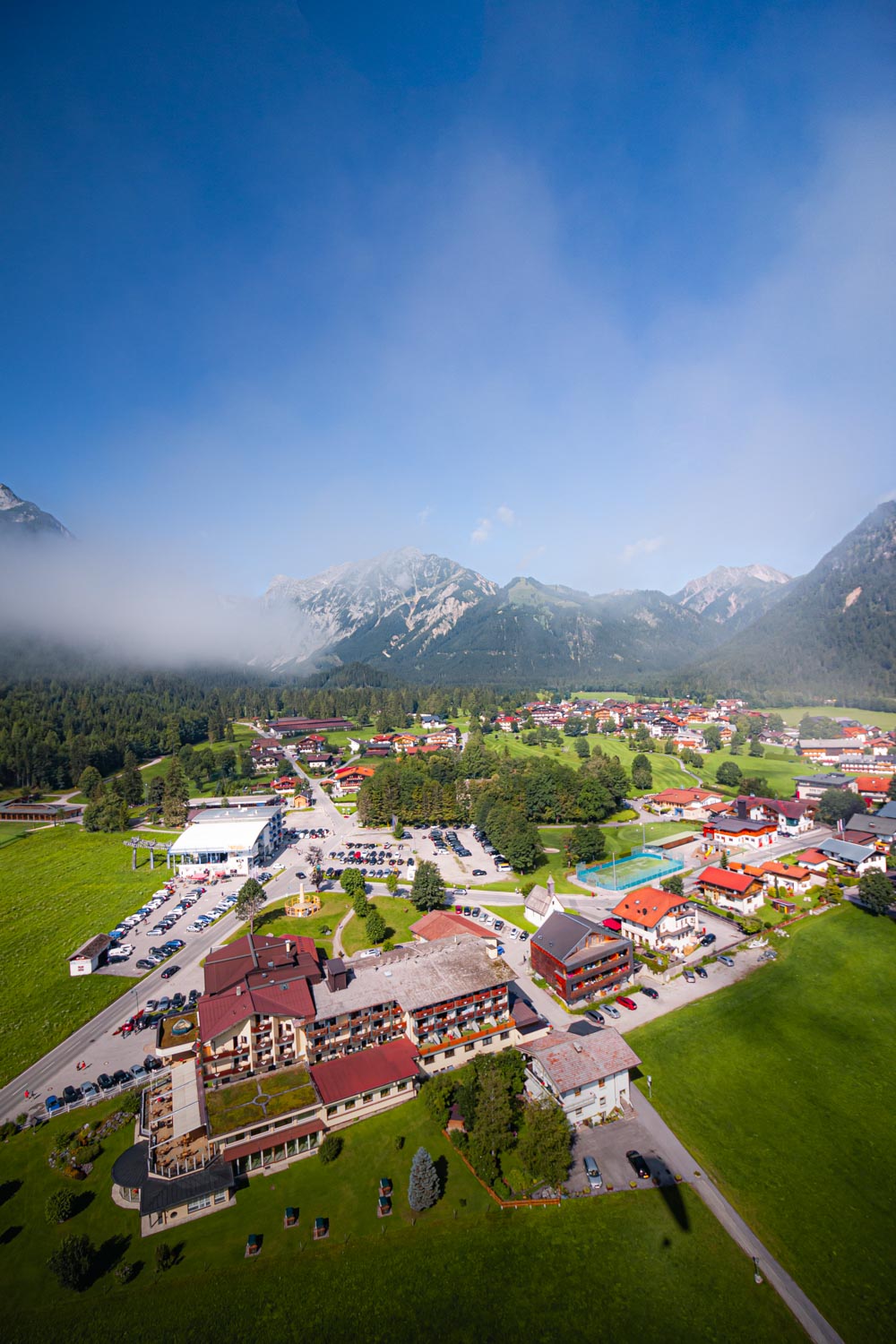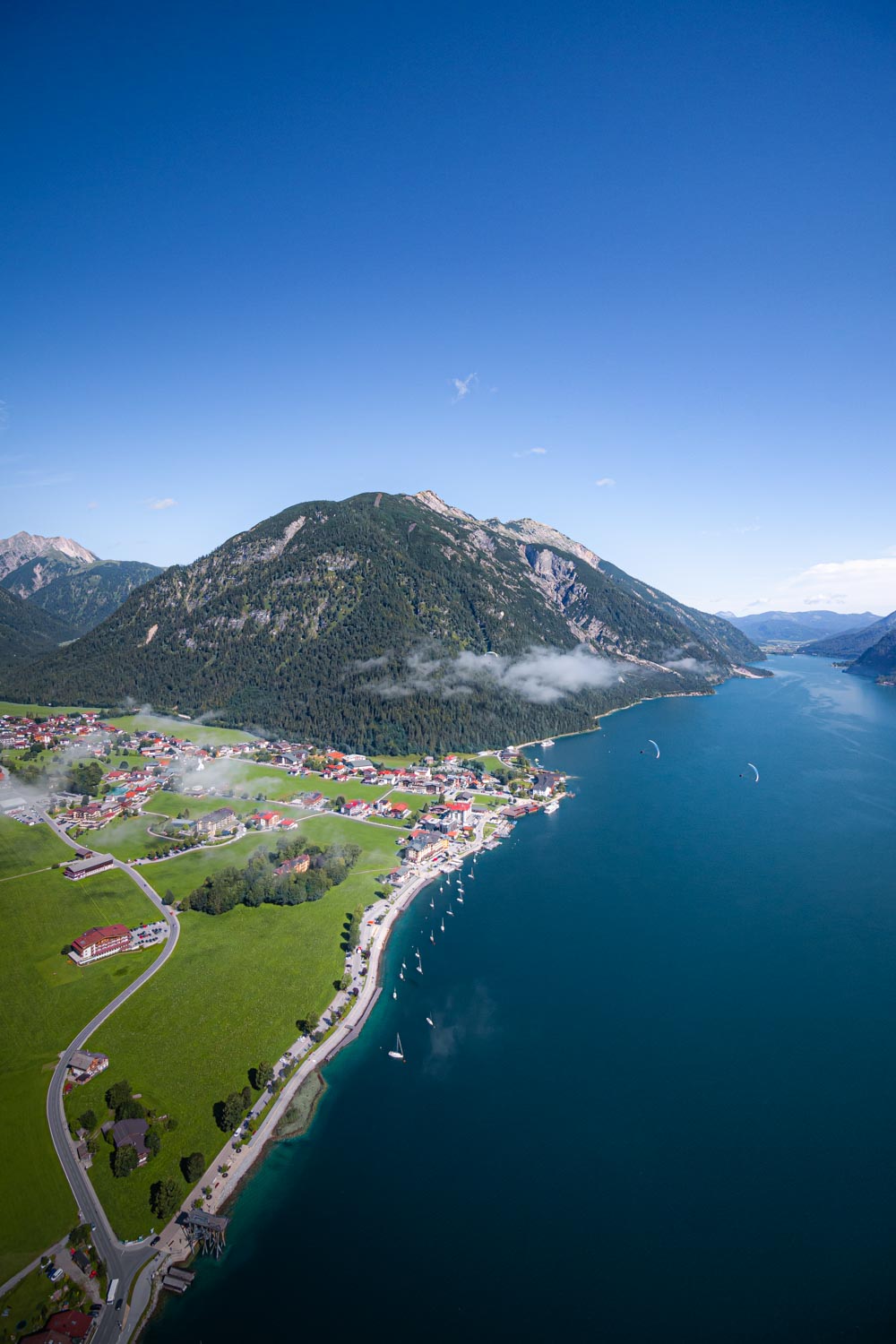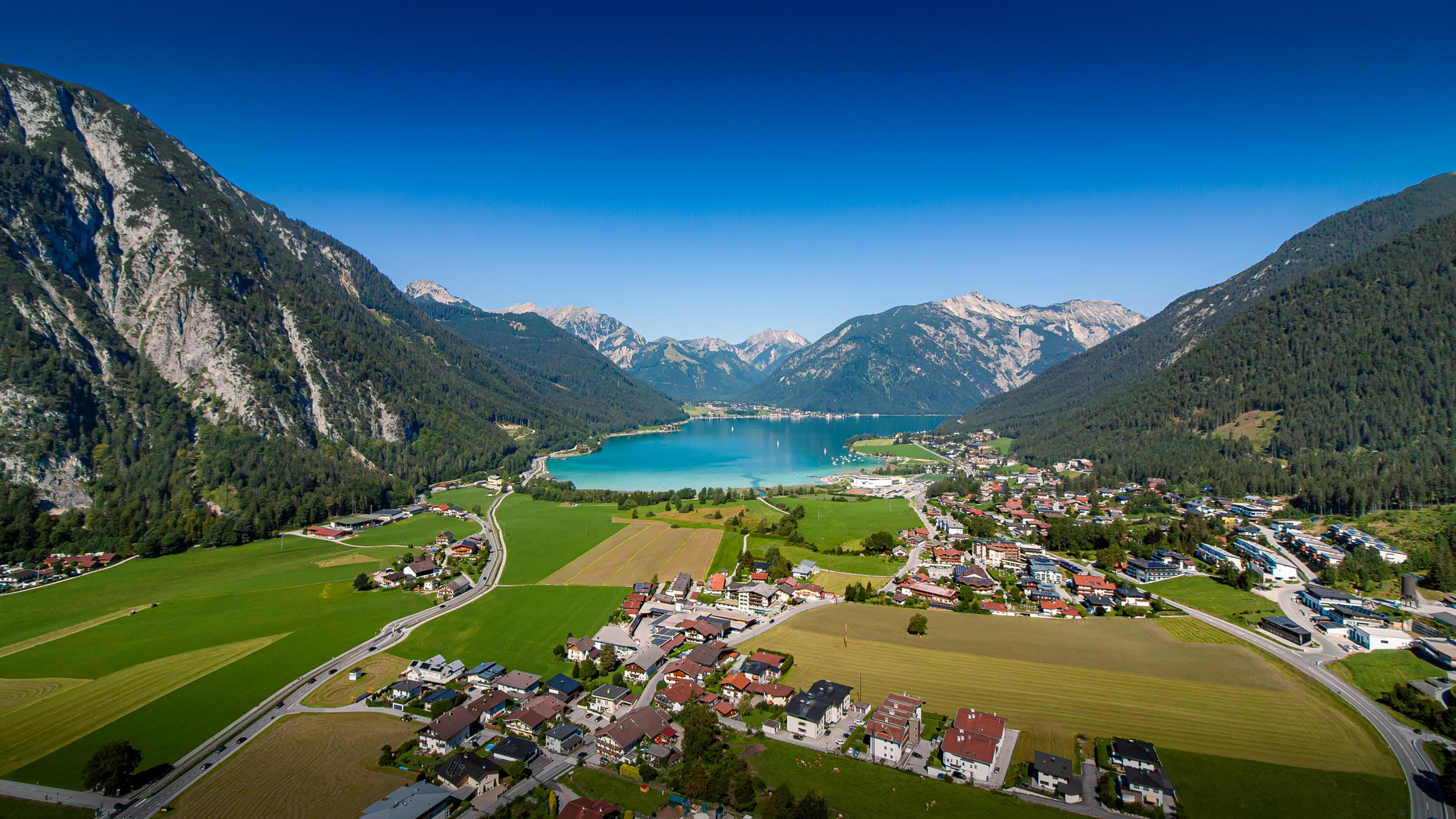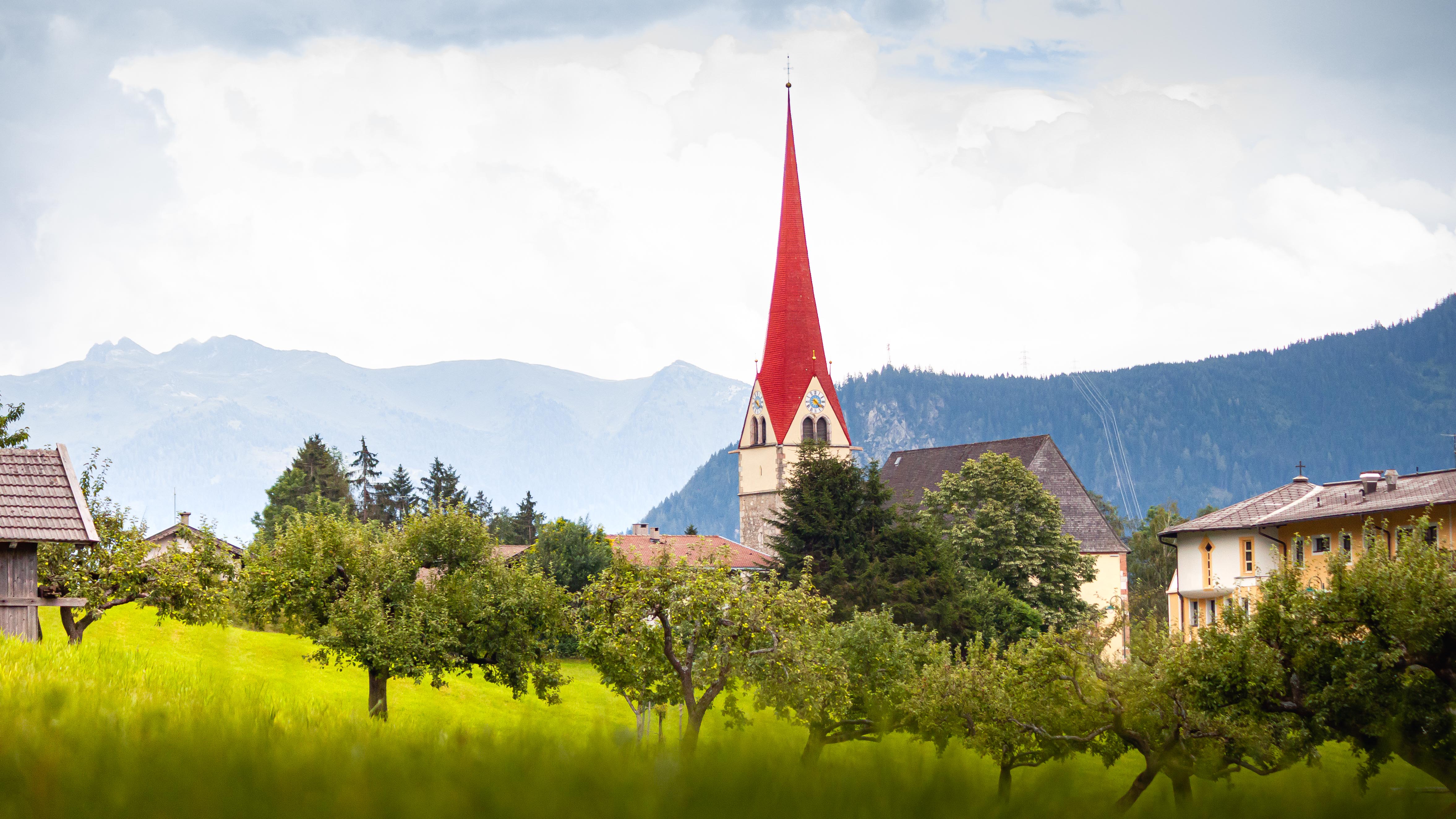
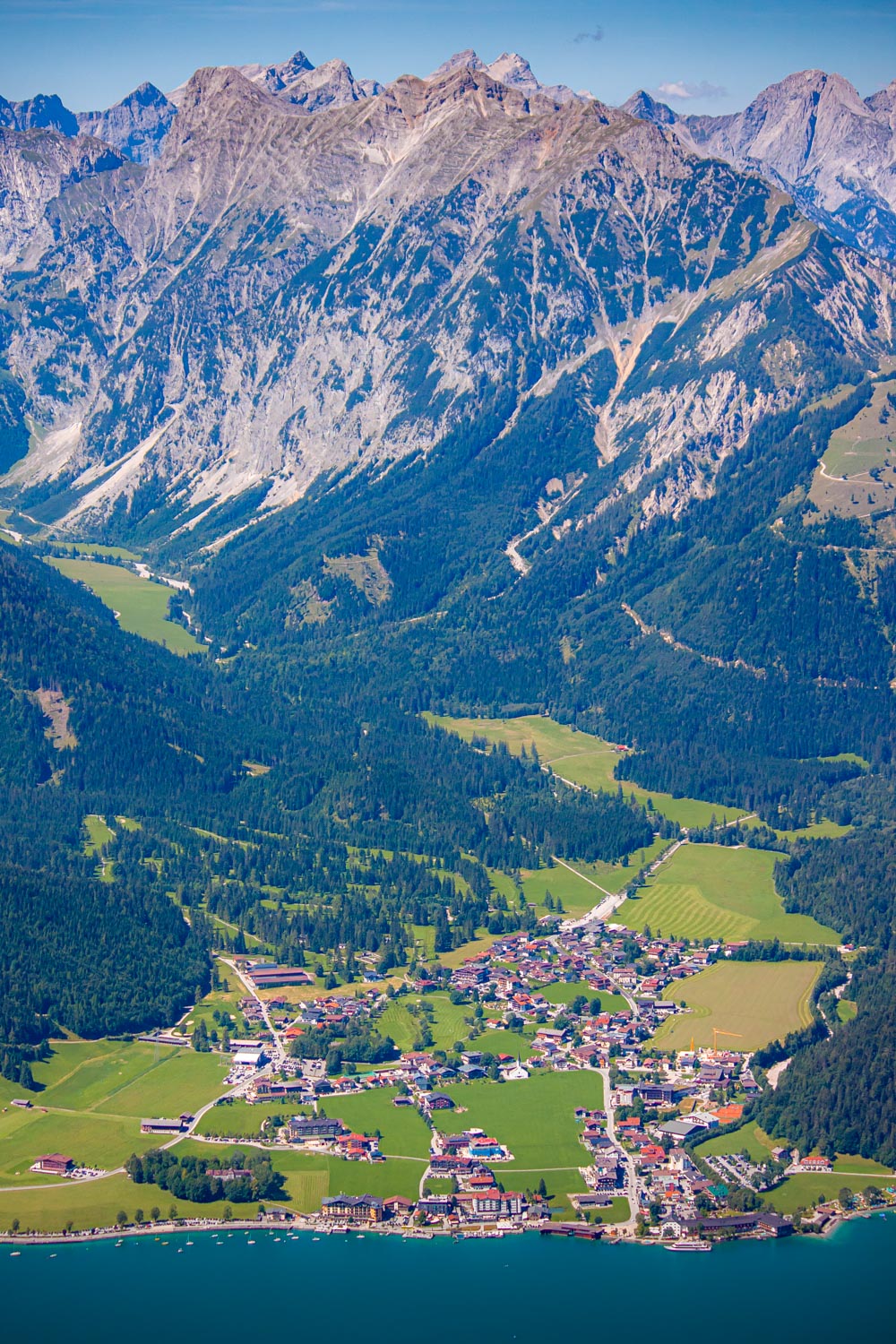
Austria
Neighboring 8 countries, Austria is a landlocked, central european country with a population of 9.1 million people and an area of 83,871 km². Due to its location in the Alps, about three quarters of its territory are mountainous and about 70% are above 500m in elevation. Austria's tallest mountain is the Grossglockner with a height of 3798m.
The country is also a popular tourist destination, attracting tens of millions of tourists each year. This industry is a major contributor to its economy, making up almost 10% of its nominal GDP. In comparison, its industrial sector makes up about 30% and its agricultural sector about 1.5%. Austria's energy mix consists of about 60% renewables and more than half of total electricity usage in the country is covered by hydropower. Its largest dam is the Kölnbreindamm, a 200m tall arch dam producing 1,216 gigawatt-hours of electricity annualy. Austria's capital, Vienna, is also its largest city with a population of 1.9 million. Its second largest is Graz with less than 300,000 inhabitants.
Tyrol is a region in the Alps that encompasses part of Austria and part of Italy. Its largest cities are Innsbruck (30km from Achensee) and Trento (160km from Achensee). The Achensee is Tyrol's largest lake with a surface area of 6.8km² and a maximum depth of 133m. It lies at an altitude of 929m above sea level and has a water quality near that of drinking water. Along the 9.4km long lake there are multiple small towns and villages like Pertisau that offer accommodations for tourists and include stops for the lake-crossing ferries. The region around the lake features tall and beautiful mountains and lots of hiking trails. In the winter it is, of course, also possible to ski in the various ski resorts there. The mountains surrounding the Achensee are about 2000m tall each and provide spectacular views.
Text adapted from Wikipedia.org
Press Enter to automatically
scroll to the next picture
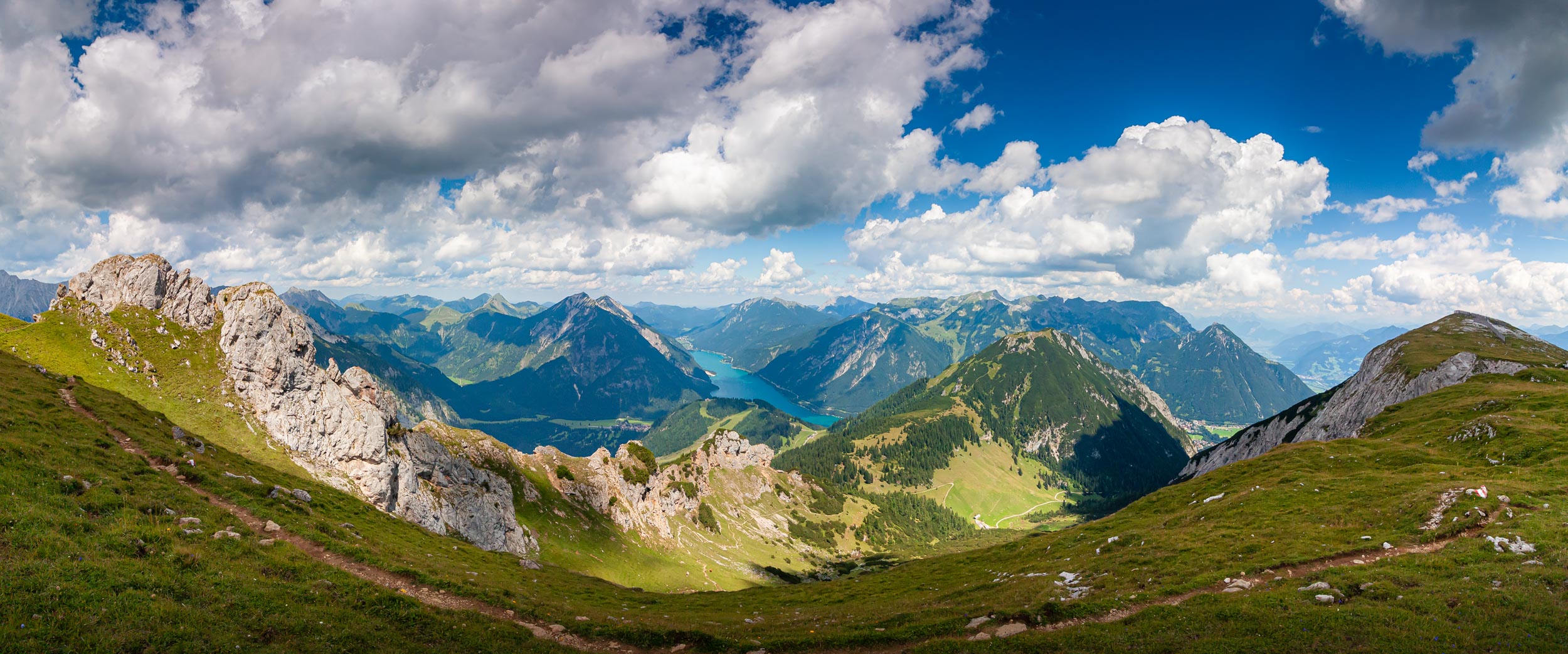
47°24'0" N 11°41'19" E
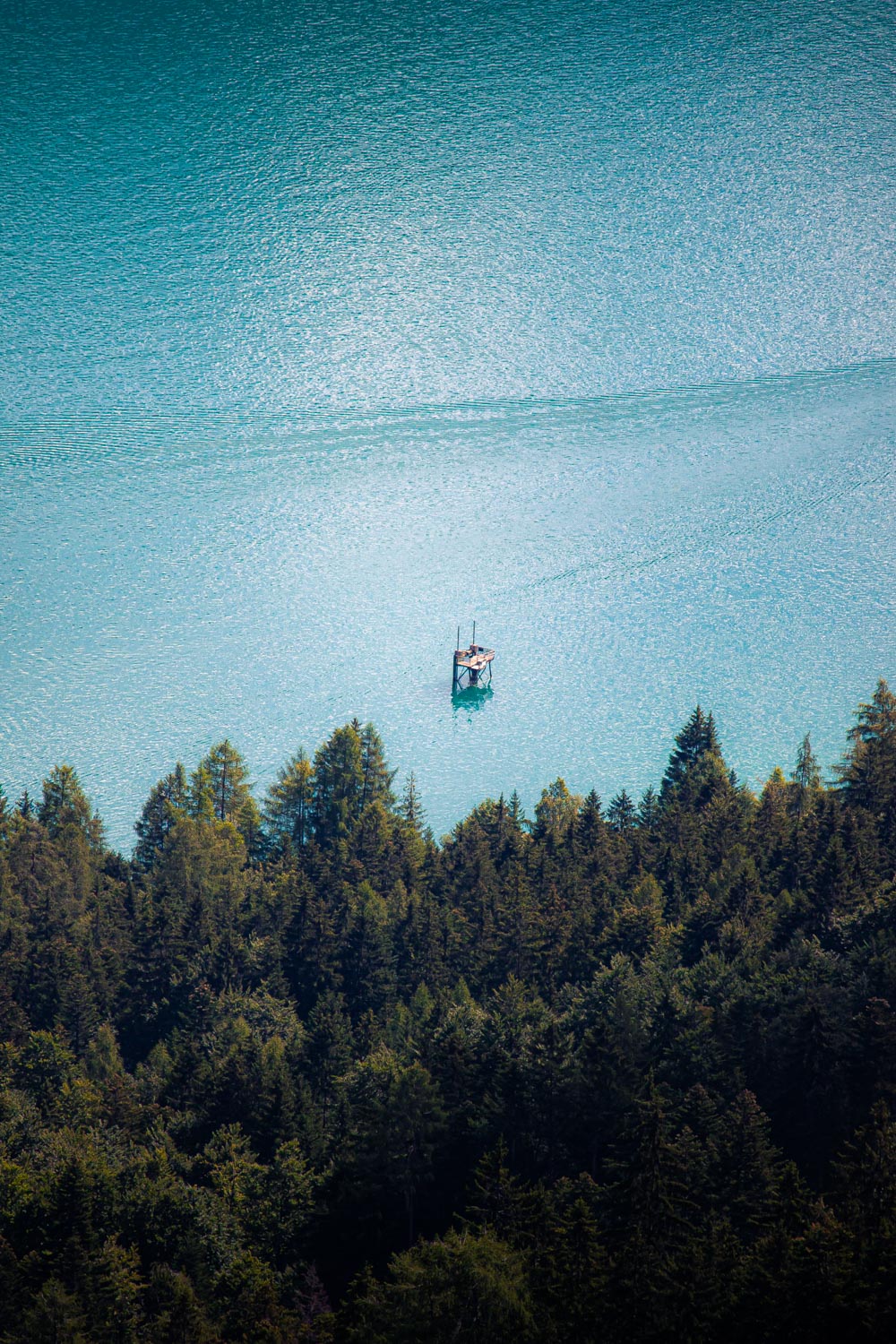
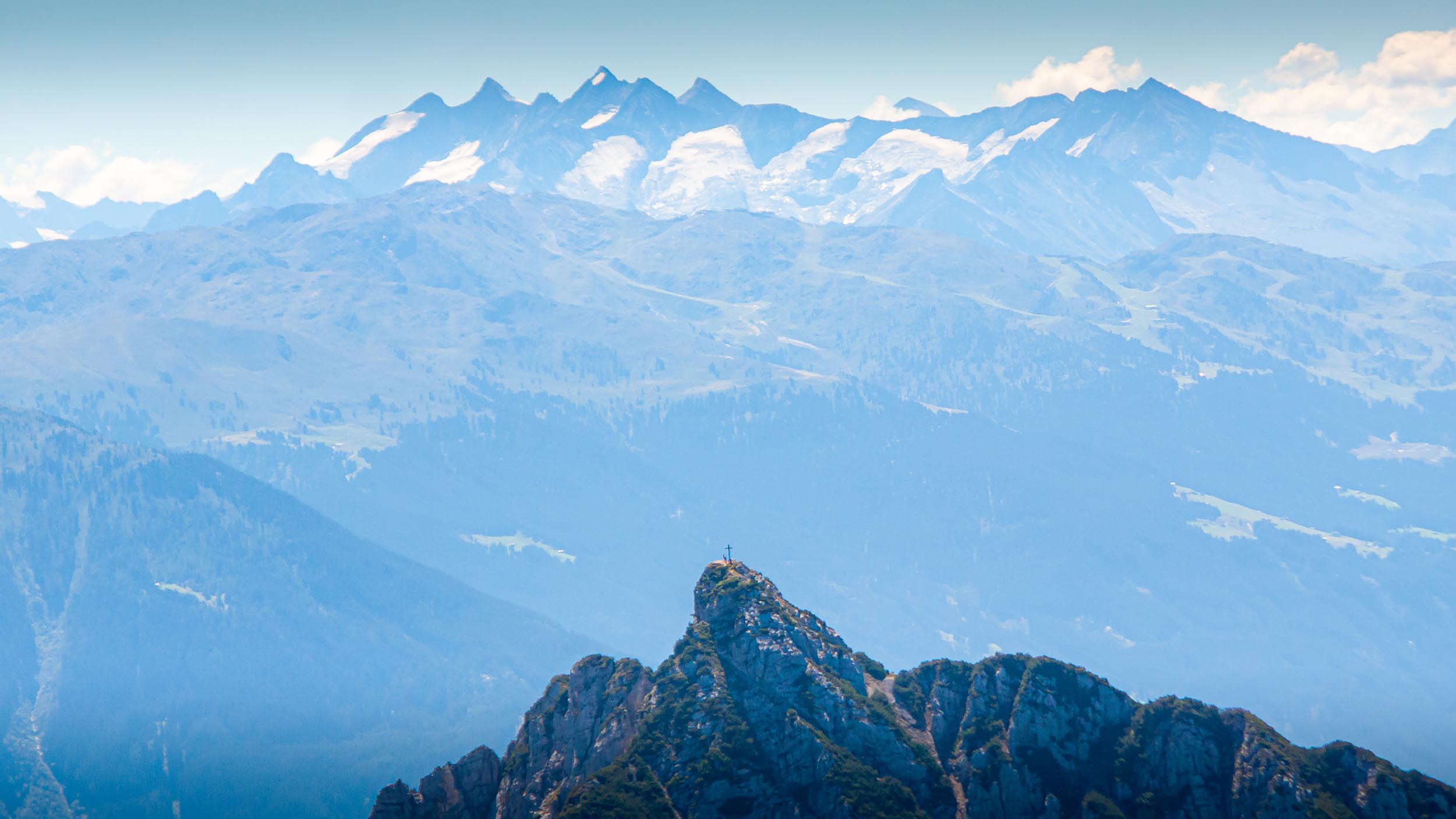
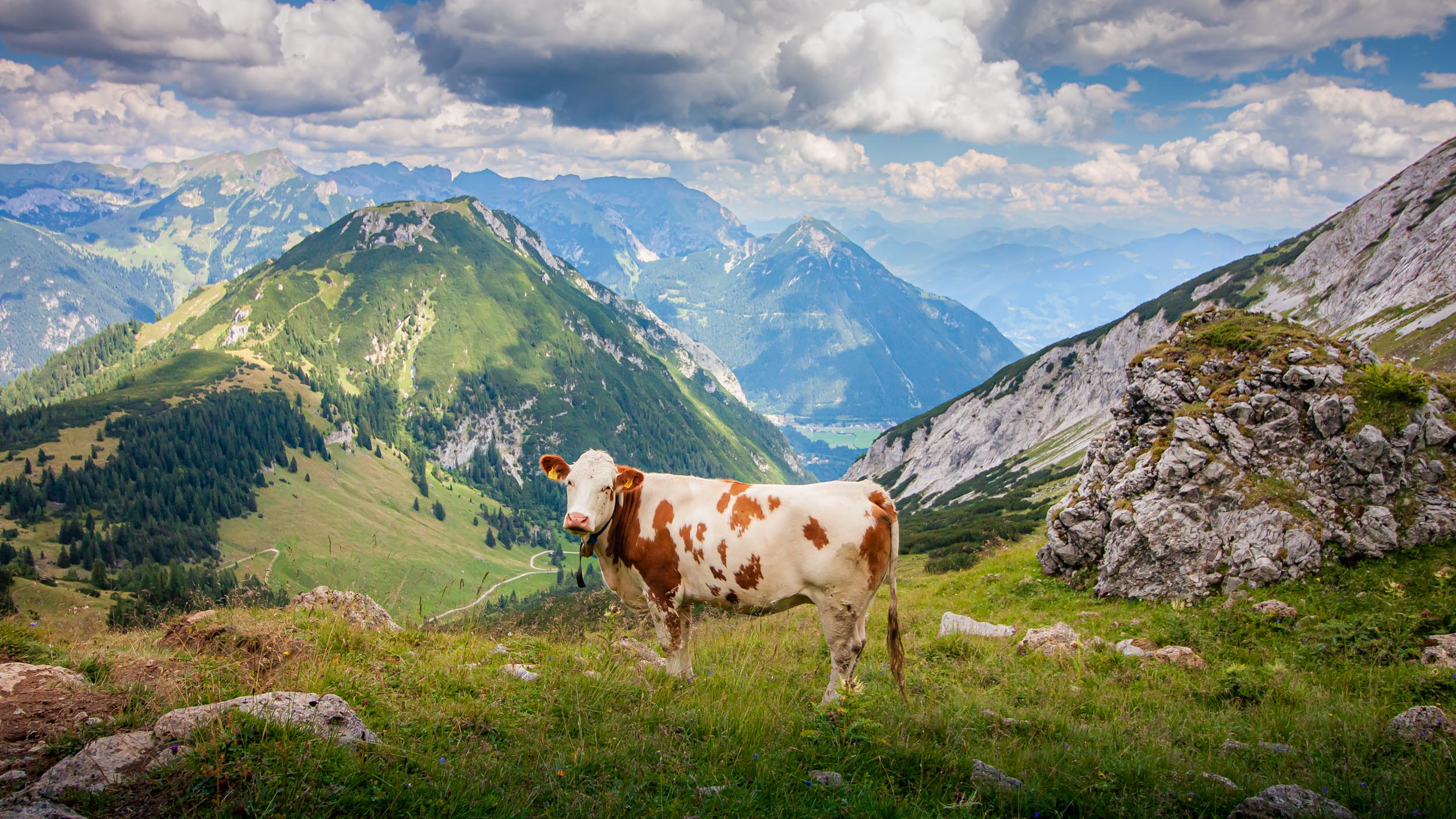

47°26'44" N 11°45'3" E
